Entry Category: Law
 Judicial Districts
Judicial Districts
Judiciary, State
Kahl, Gordon (Shooting of)
aka: Smithville Shootout
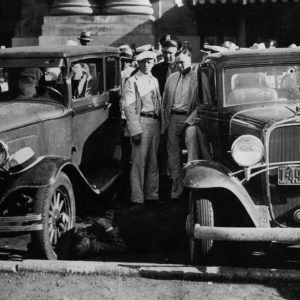 Kansas City Massacre
Kansas City Massacre
Kaplan, Philip Edwin
Kees, Willie (Lynching of)
 Kemp Execution Story
Kemp Execution Story
Kemp, Joseph (Execution of)
Kennedy, James (Lynching of)
 James Kennedy Lynching Article
James Kennedy Lynching Article
Kessler v. Strecker
Key, Lee (Lynching of)
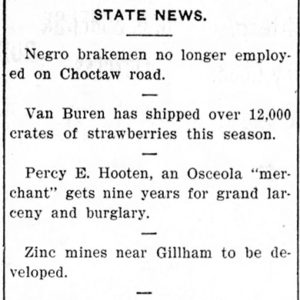 Lee Key Lynching Mention
Lee Key Lynching Mention
 Frank King Lynching Article
Frank King Lynching Article
King, Frank (Lynching of)
Kirkendall, Mose (Lynching of)
Kirkland, John (Lynching of)
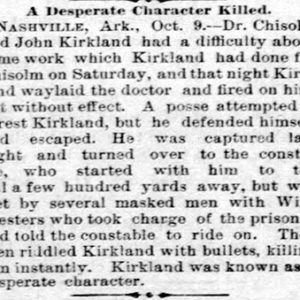 John Kirkland Lynching Story
John Kirkland Lynching Story
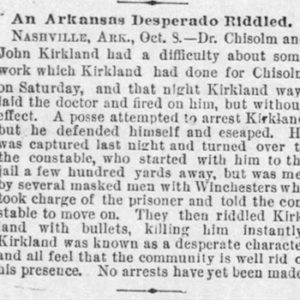 John Kirkland Lynching Story
John Kirkland Lynching Story
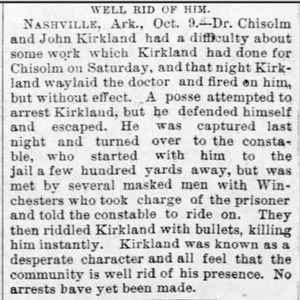 John Kirkland Lynching Story
John Kirkland Lynching Story
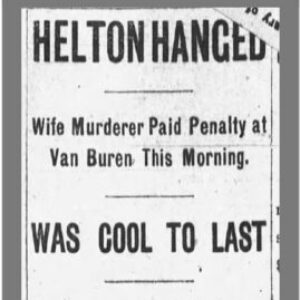 Kit Helton Exectution Article
Kit Helton Exectution Article
Kitts, James (Execution of)
 James Kitts Execution Article
James Kitts Execution Article
Kizer, Bernice Lichty Parker
Knox, Robert C.
Krieger, Heinrich
Labor Day Bombings of 1959
Lacey, Nathan (Lynching of)
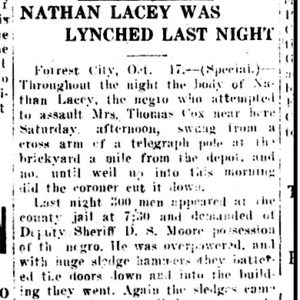 Nathan Lacey Lynching Article
Nathan Lacey Lynching Article
Lacy, Thomas J.
Lake View School District No. 25 v. Huckabee
Laman v. McCord
aka: W. F. Laman, et al. v. Robert S. McCord, et al.
Lamb, Theodore Lafayette
Lambert, Joseph Calvin (Joe)
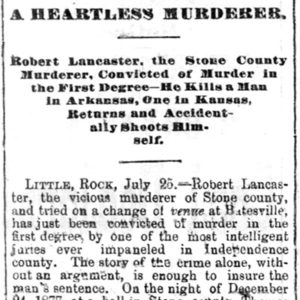 Lancaster Execution Story
Lancaster Execution Story
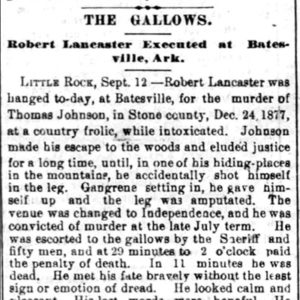 Lancaster Execution Story
Lancaster Execution Story
Lancaster, Robert (Execution of)
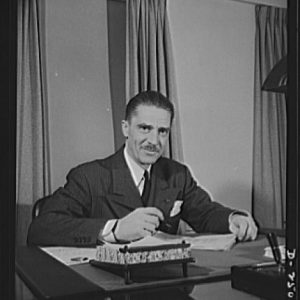 Reed Gresham Landis
Reed Gresham Landis
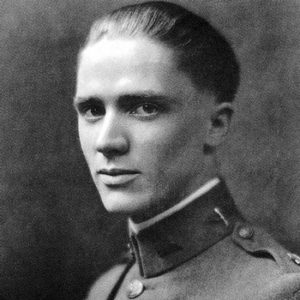 Reed Gresham Landis
Reed Gresham Landis
Landlord-Tenant Laws
Lane, Frank (Lynching of)
 Benjamin Laney
Benjamin Laney
Larkin, Hill (Lynching of)
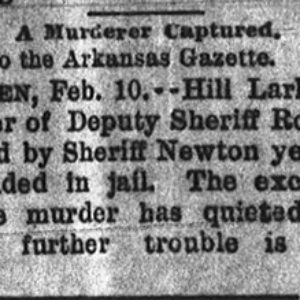 Hill Larkin Lynching Article
Hill Larkin Lynching Article
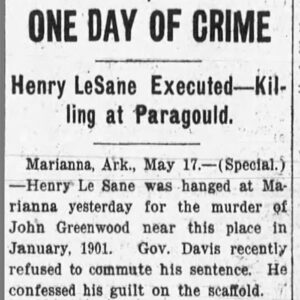 Henry LaSane Execution Article
Henry LaSane Execution Article
 Effie Latimer
Effie Latimer




